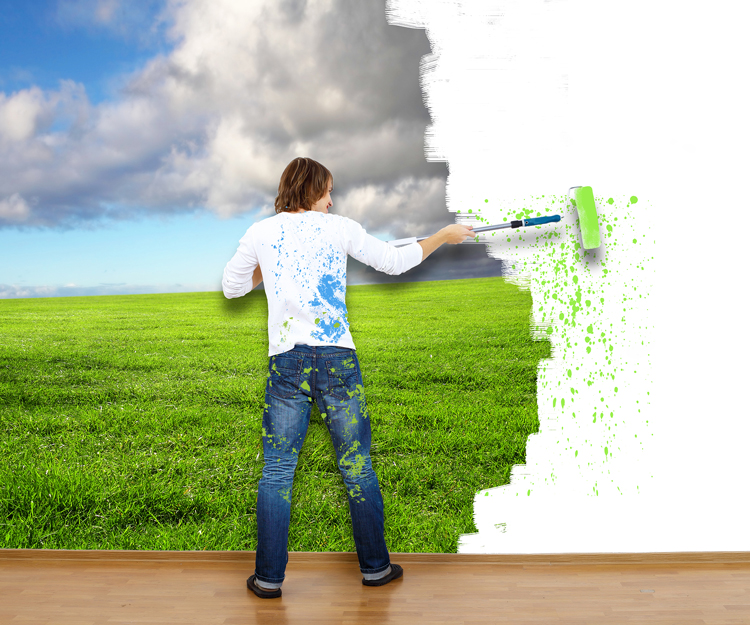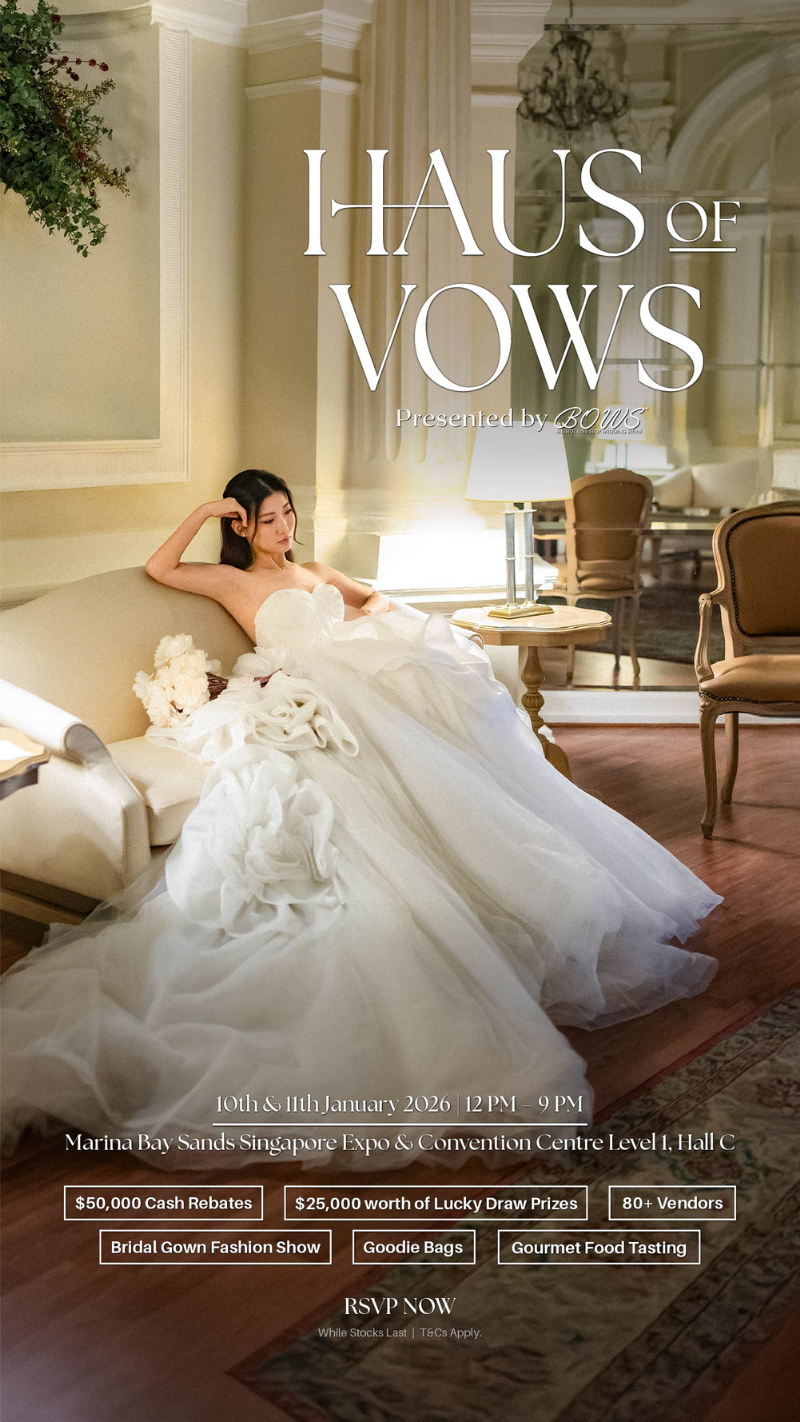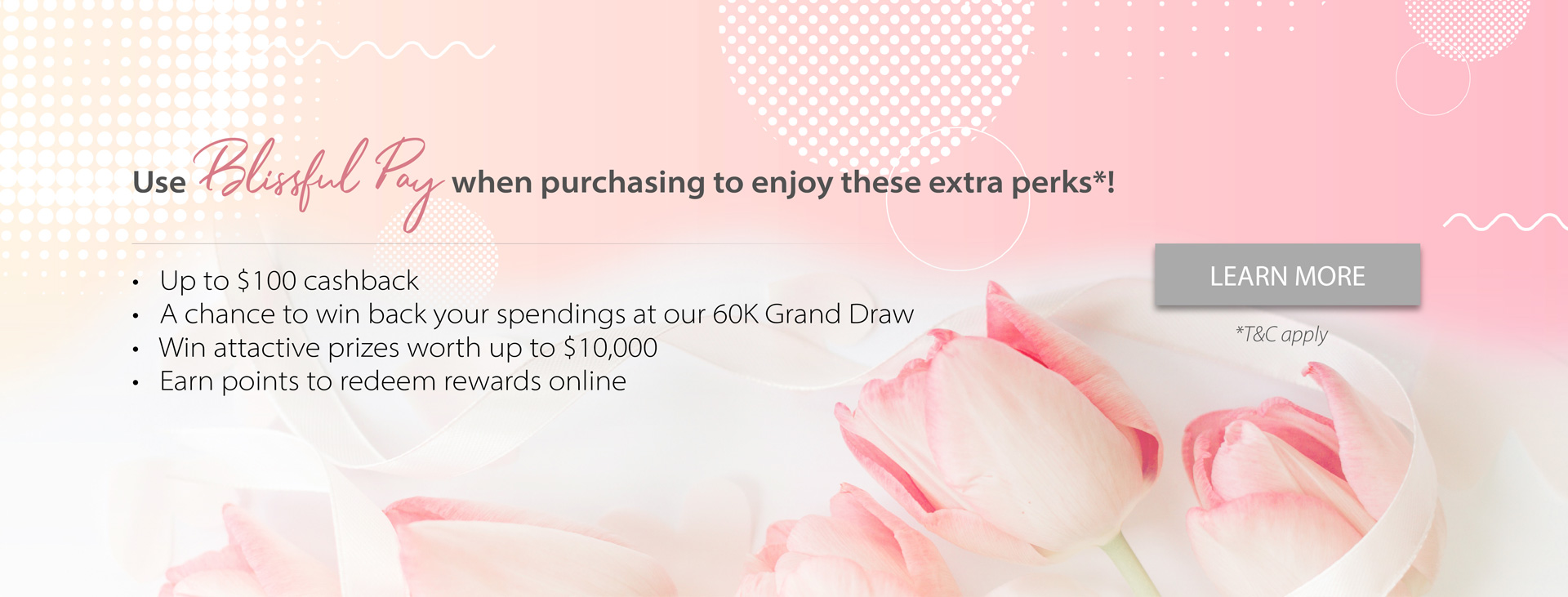Colour Your Life!
2016-07-10

Ideally, your home should be a sanctuary away from the hustle and bustle of life, a place where you can retreat into, or welcome your loved ones to share. When selecting a colour for a room, it is important to first understand how each colour has a psychological value. Basically, colours behave in three ways – active, passive and neutral:
Orange This is one chirpy colour that evokes excitement, enthusiasm and energy. It is too bright for a living room or bedrooms, but will work well in a home gym or an exercise area. Orange will draw out all that energy you need when jumping into your fitness routine.
Green Considered the most restful colour for the eyes, green has a calming effect when used as a main colour for decorating. It is believed to relieve stress by helping people relax, as well as promoting fertility! In a kitchen, green cools things down. In a living room, it encourages unwinding but has enough warmth to promote comfort and togetherness. In a bedroom, it’s relaxing and pleasant.
Purple In its darkest tones, purple is rich, dramatic, and sophisticated. It’s associated with luxury as well as creativity, and as an accent or secondary colour, it gives a scheme depth. Lighter versions of purple, such as lavender and lilac, bring the same restful quality to bedrooms as blue does, but without the risk of feeling chilly.
Yellow A bright and lovely colour, yellow captures the joy of sunshine and communicates happiness. It’s great for kitchens, dining rooms, and bathrooms, where happy colour is energising and uplifting. In halls, entries, and small spaces, yellow can feel spacious and friendly. However, it is best not to employ yellow, which can create feelings of frustration and anger, as a main colour scheme in the house.
Blue One of the more serene and relaxing colours for walls, blue is known to have a calming effect on the room, and thus often employed in bedrooms and bathrooms. Softer shades of blue work better than darker shades, which may evoke feelings of sadness.
Red On walls, it raises a room’s energy level but is also known to raise blood pressure, speed respiration and heart rate. In an entryway, it creates a strong first impression. It is usually considered too stimulating for bedrooms, but if you’re only in the room after dark, you’ll be seeing it mostly by lamplight, when the colour will appear muted, rich, and elegant.
Colourful Life! These are just some general guidelines to spark your search for a paint colour for your room walls. You’re the one who has to live with your new paint colour, so choose a hue that suits you, your family and your lifestyle. And after investing so much time to select just the right colour, make sure it continues to look that way long-term by investing in top-quality paint!










